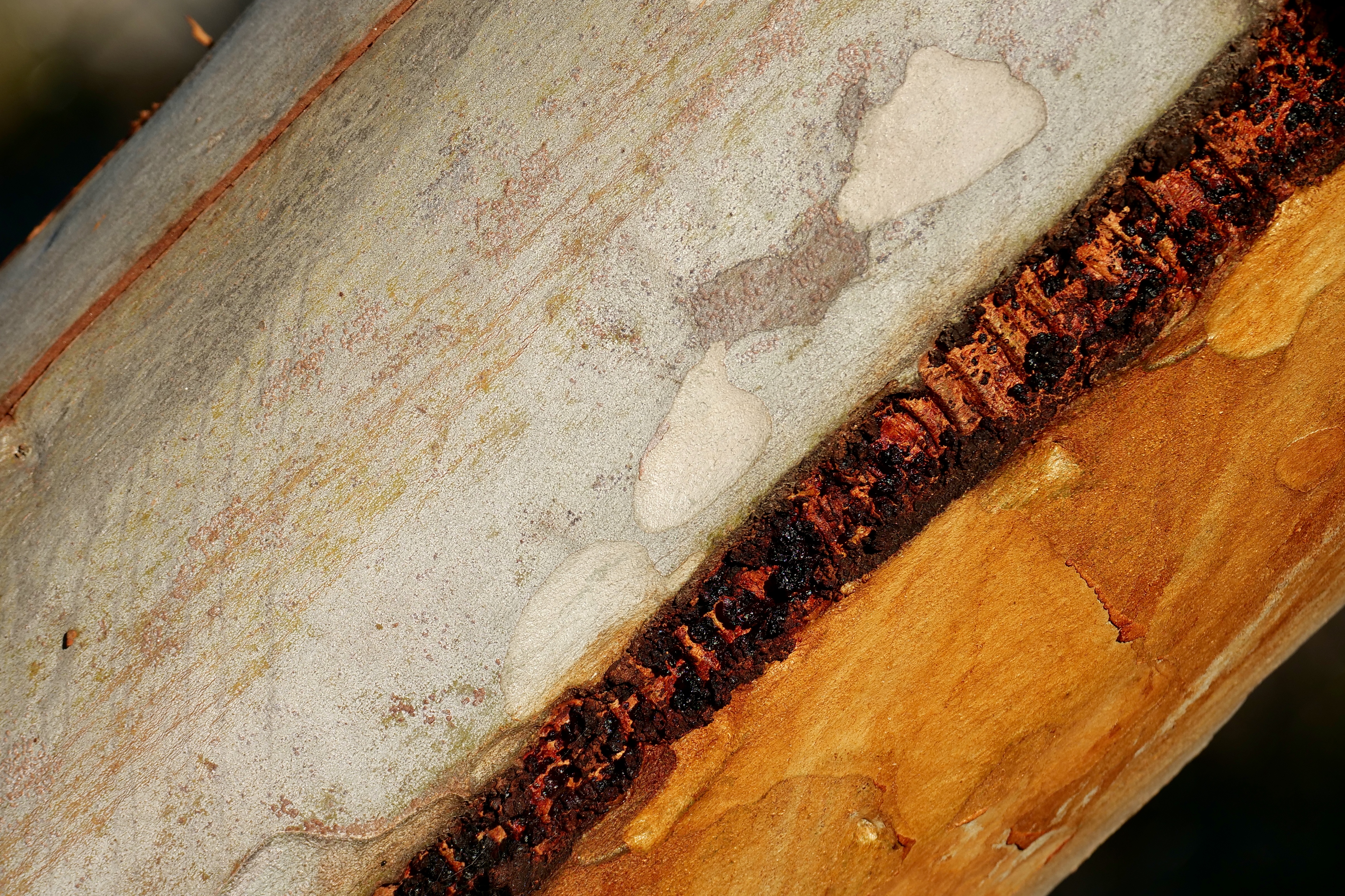Many self-declared “jazz lovers” would not recognise his name, nor have ever heard him…wittingly, at least.
That said, I am far from alone – and am in some very good company – in having long regarded Frank Kimbrough as one of the select few improvising pianists who ought be described/remembered as “one of the greats”.
if I were only ever allowed another listen to just ten “piano trio tracks”, his sublimely beautiful Waiting in Santander would be one of them:
(Santander, on Spain’s Atlantic coast, is the capital city of the mountainous, mostly green, and very lovely province of Cantabria)
This 2005 performance involved no rehearsal whatsoever; its bassist and drummer – respectively Masa Kamaguchi and Paul Motian – had never previously met, let alone played together.
Recorded on a single afternoon, Play was issued in 2006.
It was never a “hit record”, but for fourteen years now it has been one of my favourites, among my several thousand albums.
It was not a fluke.
In whatever capacity – session leader, ensemble member, longtime colleague, music educator/generous mentor to his students, loyal friend – Frank Kimbrough was an uncommonly valuable musician.
His unexpected death on December 30 2020 is believed to have been the result of a coronary failure.
A telling remark which he uttered in 2016:
It’s not about perfection. It’s not about a show. I don’t plan sets, ever. I’m playing solo tomorrow, and I have no idea what I’m going to play.
Frank Kimbrough was most widely known via his key role, for more than 25 years, in the Maria Schneider Orchestra.
(In their lifetimes Duke Ellington, then Gil Evans, were the most significant living leader of an ongoing, large, creative, jazz ensemble. In hers, Maria Schneider is likewise preeminent)
On hearing of Frank’s death, Maria observed,
I feel like so much of what the band has become — the organic freedom that the band has developed over the years — is largely standing on the foundation of Frank,” said Schneider, speaking by phone. “Because he thrived on risk, always. He showed me how much I could trust in my musicians. That the music could go anywhere, and he’d be there — because he had incredible ears, incredible taste, because he was so selfless and had this big musical heart. He was always taking it someplace different, and someplace astoundingly beautiful, every night.”
In jazz, a Frank Kimbrough is analogous to a John Prine in the songster context.
John and Frank never had “hit singles”, never enjoyed enormous commercial success or “superstardom”.
Yet a John or a Frank is much more keenly and knowingly mourned than are most “bigger” names.
Those who keenly and knowingly mourn them include many whose “profiles” are much higher than theirs.
The knowing mourners (not be confused with “fans”) equally include many who have little “profile” at all, but whose lives are the richer for having known John or Frank.
In marked contrast to many of the “bigger” names, John Prine and Frank Kimbrough are remembered fondly not just for their “catalog”, but for their humanity, their actual behaviour, “offstage”.
Both were renowned equally for their uncanny creativity and for their total lack of pretension; each was noted for his keen “bs detector”.
To see exactly what I mean, click here for a still-growing selection of tributes to Frank Kimbrough.
Footnote:
Pertinent to Frank Kimbrough – and to the featured image atop this post – is the Japanese concept of wabi-sabi.
That concept is a key to enjoying “everyday” life, to “seeing” and appreciating beauty which is readily available to anybody who cares to look.
A plane ticket or passport is not required.
Click this to see one attempt to explain wabi-sabi.
(photo is copyright Doug Spencer, taken late on afternoon of 09 July 2020, by a footpath near Daglish railway station. Beside that footpath – as is true of many footpaths, just about anywhere – are many “perfectly imperfect” plants)

a rare ( as in true ) and transporting quality to its presence
thankyou